-
Posts
257 -
Joined
-
Last visited
-
Donations
0.00 USD
Content Type
Profiles
Forums
Events
Blogs
Posts posted by Berthold
-
-
-
-
-
-
-
-
-
-
Duke Ellinton "Niven Jazz Collection Tape 18
please take a look here:
https://archive.org/details/Duke_Ellington_Tape_18_1939
This was totaly new to me and I´m amazed to find and listen to this.
David Niven wrote in a text which you will find also around this link:
An Early Jazz Recording Collection
by David W. Niven
My 20-year-old cousin introduced me to jazz when I
was 10. It was a 10” 78 RPM OK recording of “My
Heart” made in Chicago on November 12, 1925, by
Louis Armstrong's Hot Five with Kid Ory, trombone;
Johnny Dodds, clarinet; Lil Armstrong, piano; and
Johnny St. Cyr, banjo. On the reverse was “Cornet
Chop Suey.”
My hip cousin then advised me to get some recordings
by another cornetist, Bix Beiderbecke, who started
recording for OK the same year (1925). I dug, again,
into my newspaper route money (35 cents) and bought
the October 5, 1927, recording of “At the Jazz Band
Ball,” backed by “Jazz Me Blues” by “Bix and his
Gang”: Bix on cornet; Bill Rank, trombone; Don
Murray, clarinet; Adrian Rollini, bass sax; Frank
Signorelli, piano; and Chauncey Morehouse, drums.
Over the next few years, I acquired every record Bix
made prior to his early death in 1931.
Encouraged by my interest in jazz recordings, my
cousin came up with a third suggestion for my
collection: Duke Ellington. One year prior to Louis'
and Bix's first recording, Duke and his six piece band
“The Washingtonians” with Bubber Miley, cornet;
Charlie Irvis, trombone; Otto Hardwicke, sax; Fred
Guy, banjo; Sonny Greer, drums; and Duke, piano, had
their initial commercial recording date in November
1924. I became the proud owner of every recording up
to the start of WWII and some 75% of his recordings
until his death in 1974, some 180 hours of the recorded
Duke Ellington.
Throughout the ten years prior to WWII, during my
high school and college years, my 78 RPM 10”,
followed by 33 1/3 RPM LP, collection grew to the
thousands. All the big names of jazz, along with lesser
legends, were included, and I found myself with a first
class treasure of early jazz music. But I also found that
such a collection was a first-class burden when I was
moving through the post-war years with family,
financial, and other fidelity responsibilities taking
priority. I had always hoped that maybe at least one of
my kids would show an interest in my collection, so I
began making tapes that could include a chronological
compilation of my collection, along with commentary:
date and place of recording, personnel, soloists, etc.
The main reason for doing this rather major project
was to put my collection into some kind of
compendium form that would attract my children to
the music that had been of such significance in my life.
My collection amounted to over 10,00015 hours of
tapes. I will list here most (but not all) of the Legends
included, along with the years of their recording and
the number of hours on the tapes.
No two people will agree with my selection of
Legends. I decided to choose from the years prior to
the BeBop period, i.e., before Gillespie, Bird, Monk,
Miles.
Archivist's Notes
by Kevin J. Powers
Origins
It appears, based on Mr. Niven's audio commentaries
referencing certain artists still being alive at the time of
the commentaries (for example, Buck Clayton, who
passed away in 1991, is living, and Johnny Hodges'
salary is compared to “1993 dollars”), that he put the
tape compilation together during a period of time
beginning somewhere in the mid to late 1980s and
ending somewhere in the early 1990s. His own
memory on this point is no longer clear. In my
conversations with Mr. Niven, he has indicated that the
materials in this selection of “Early Jazz Legends”
only represents about 40-50% of what he once had in
his jazz record collection. Other legends, such as
Bennie Moten and many, many others, were in his
collection did not make the “cut” for these tapes.
Mr. Niven contacted Steve Massey, Director of Music
for the Foxborough Public Schools and Director of the
Foxborough High School Jazz Program, in autumn of
2010 with an offer for the music program to
“download” the tapes for use by the students. Mr.
Niven was probably not aware of the fact that there is
no way to download cassette tapes as one would
download a CD or other digital medium to a computer.
Instead, cassette tapes, to be converted to a digital
format, must be played back in their entirety into a
15 Archivist's note: The actual figure is “over 1,000 hours of
tapes,” a still very remarkable collection.
computer sound card and recorded in real-time—just
as creating a new cassette from another cassette
requires playing the entire source cassette while
recording into the copy cassette. In other words, while
a CD can be downloaded to digital audio in a minute or
so, a 90-minute cassette requires 90 minutes in order to
be converted to digital audio; a 110-minute cassette
requires 110 minutes in order to be converted to digital
audio, and so forth.
Equipment & Process
For this project, I used a TEAC AD-500 cassette deck,
a desktop computer with a modern SoundBlaster sound
card, and the audio recording program GoldWave.
Each cassette was recorded to a single WAV-format file
at 44100 kHz, 16-bit quality, to match the quality of
CD-audio. Each resulting WAV file was split at the
division between Side A and Side B of the cassette, in
order to make it possible for each WAV file to fit on a
single 80-minute CD.
I did not have the time (though perhaps someone else
will in the future) to cut the WAV files into shorter
segments for each individual tune. To have done so
would have delayed this project many years. At any
rate, much of the joy involved in listening to these
tapes is having Mr. Niven's insightful commentary as a
guide. Especially for a generation of listeners who
have grown up pulling individual MP3 files for
specific tunes off of the Internet, it is a beneficial
experience to have a jazz expert (as Mr. Niven most
definitely is) guide the listener through the life and
times of the most illustrious figures in jazz—and, in
the process, introduce the listener to numerous
recordings with which he is doubtless unfamiliar.
Although MP3 files are more common than WAV files,
only WAV files, while much larger, are complete,
uncompressed reproductions of the sound recorded by
the computer. The compression process involved in
producing an MP3 removes portions of sound.
Therefore, while this project will ultimately include a
corresponding set of high-quality MP3 files, the WAV
files will remain as a fully accurate reproduction of the
tapes.
At Steve Massey's request, I began archiving these
cassettes in November of 2010. The project was
completed in October of 2011. We started with Benny
Goodman Tape 1, and we ended the initial run with the
final recordings of Duke Ellington And His Orchestra.
We then made corrected copies of about 60 tapes that
appeared to have had gaps in their initial run copies.
Liner Cards
In order to create a complete copy of all of Mr. Niven's
liner cards, I scanned each card at 400 dpi resolution.
The JPEG images that resulted are as legible as the
original liner cards. Until I or someone else type up all
of the liner card listings, we have a complete copy of
the cards.
Each card lists artist, tape number, years, and tunes.
Below the tunes is a key to the numbers next to each
tune, which indicate the source recordings. For
example “1 Cottontail” and “1: RCA Victor LP In A
Mellotone” indicates that the recording of “Cottontail”
is from RCA Victor LP “In a Mellotone.”
Condition of the Tapes
Many, if not most, of these tapes are in terrific shape,
but others are in mediocre or even poor condition. I
have rigorously and regularly cleaned, maintained, and
tested (with known excellent-condition cassettes) the
heads of the cassette deck used for this project. All
defects heard here are on the tapes themselves rather
than the deck used to play the tapes back.
Final Thoughts
This is an extraordinary collection. It has been Mr.
Niven's life's work. It represents the very finest
American music of the twentieth century, and because
Mr. Niven took the time and care to record these
commentaries, he has produced a library that is
accessible to everyone from jazz aficionados to jazz
novices. For the Foxborough High School Jazz
Program, which has enriched the lives of so many
students, this remarkable compendium of jazz
recordings should similarly enrich the program itself.
This is all made even more remarkable by the fact that,
had Mr. Niven not had the foresight to contact Steve
Massey in 2010, this entire collection may have
disappeared. How many collections of jazz like this
get junked after estate sales every year?
Thank you, David—your devotion to jazz will enrich
the musical education of hundreds of students! -
-
-
-
-
-
-
-
-
-
-
-

I like Bill Charlap a lot. He made so many fine records over the last years. And this one is new to me - I´d ordered it right away.
-
-
-
_forumlogo.png.a607ef20a6e0c299ab2aa6443aa1f32e.png)

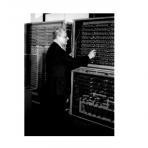
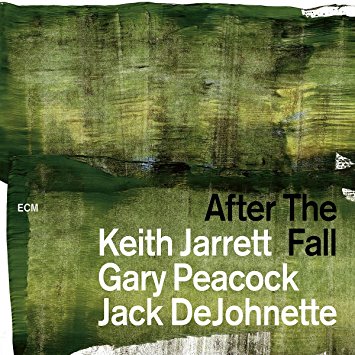
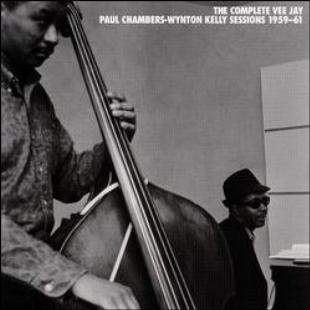
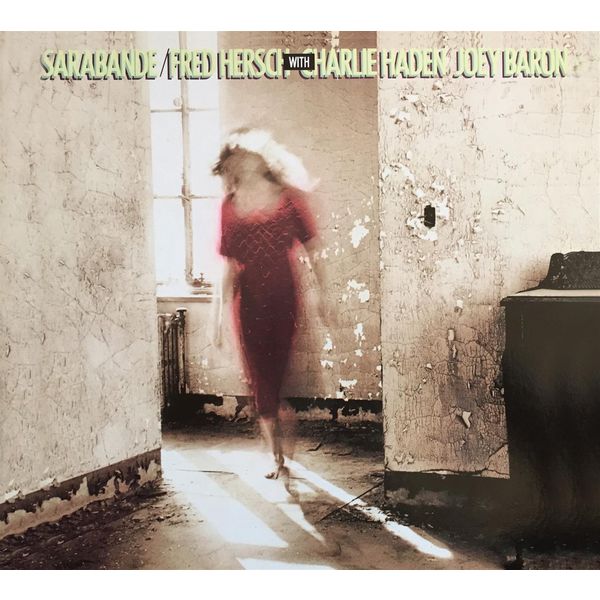
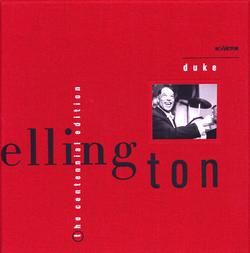
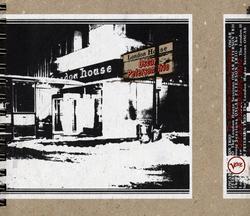
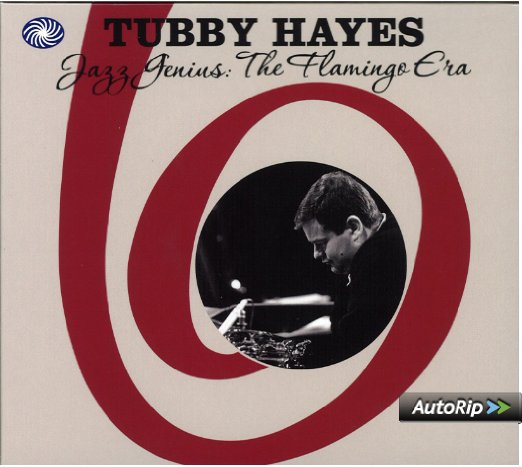
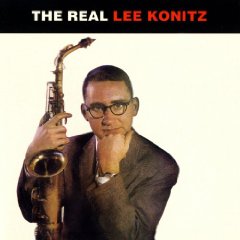
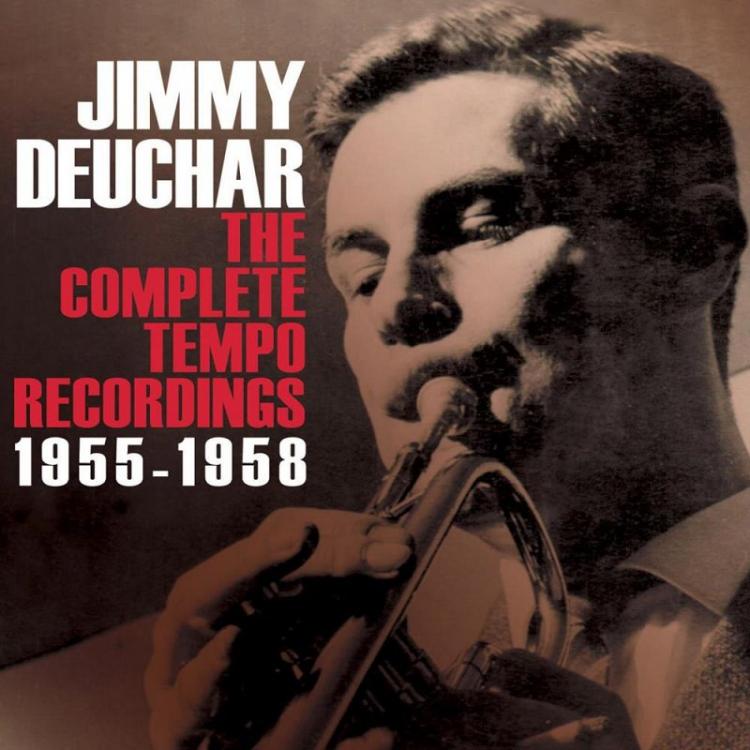
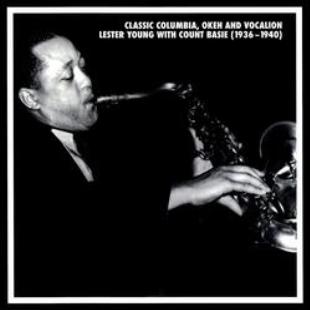
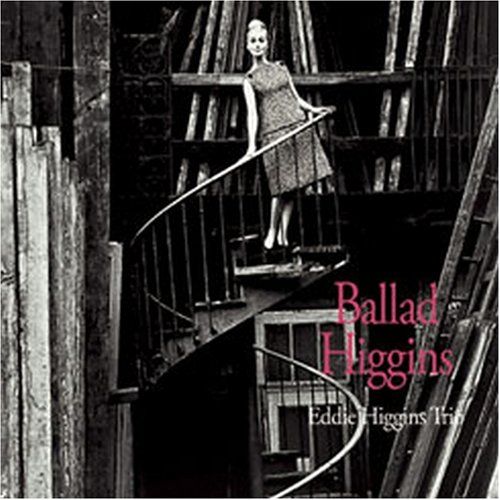
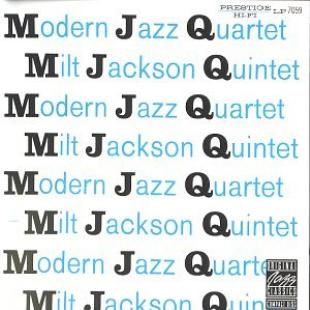
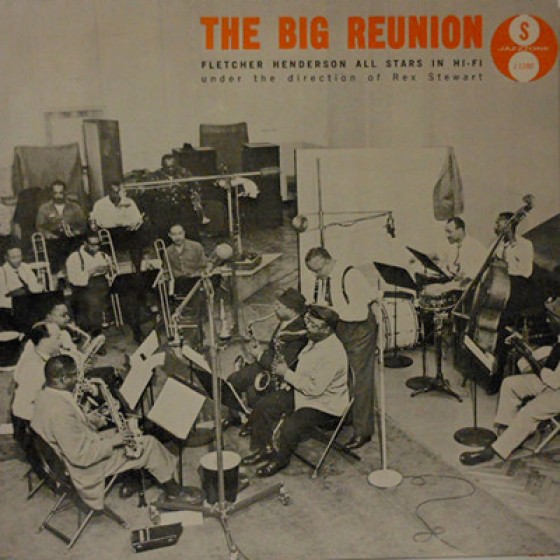
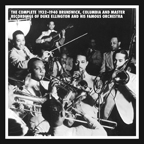
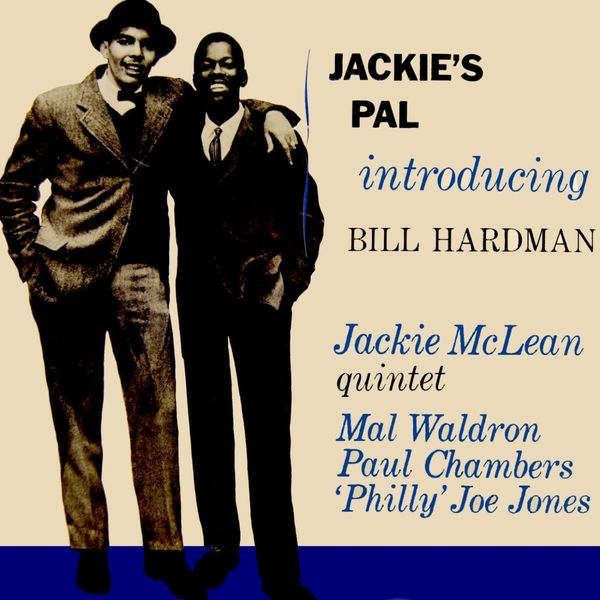
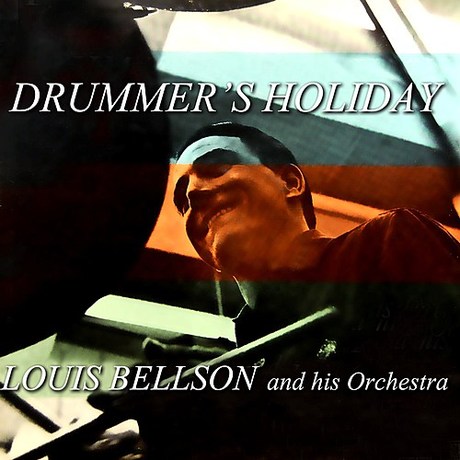
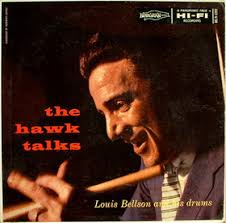
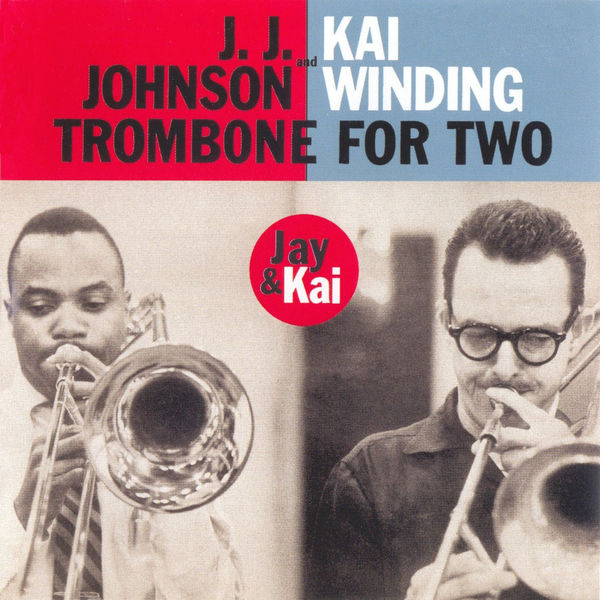
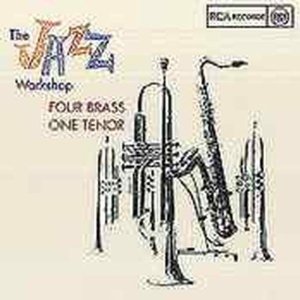
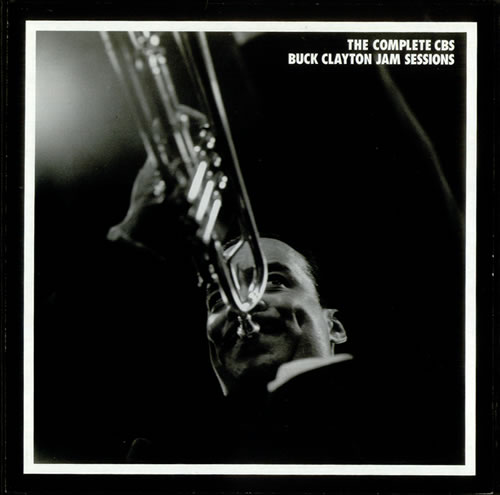

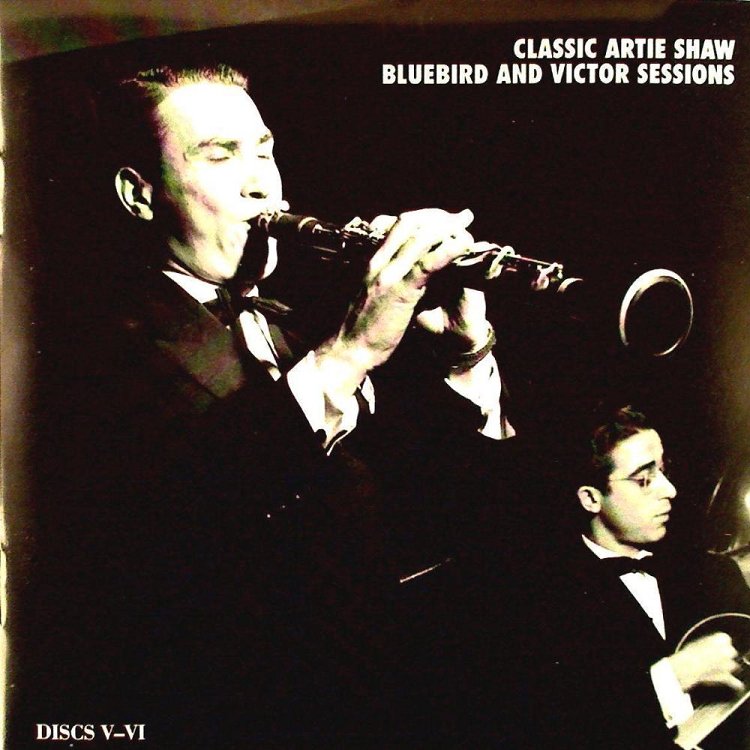
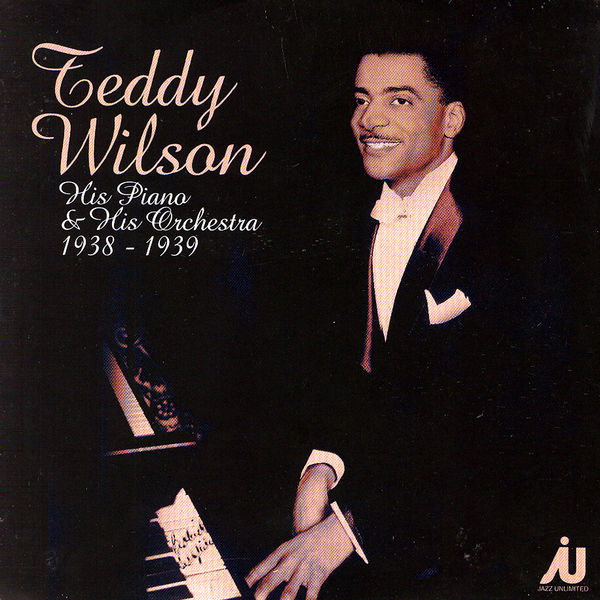
So, What Are You Listening To NOW?
in Miscellaneous Music
Posted
Posted 19 minutes ago · Report post
Coleman Hawkins: The Hawk Flies High
This is a very good record - I like it!
Bill Charlap "Uptown Downtown"